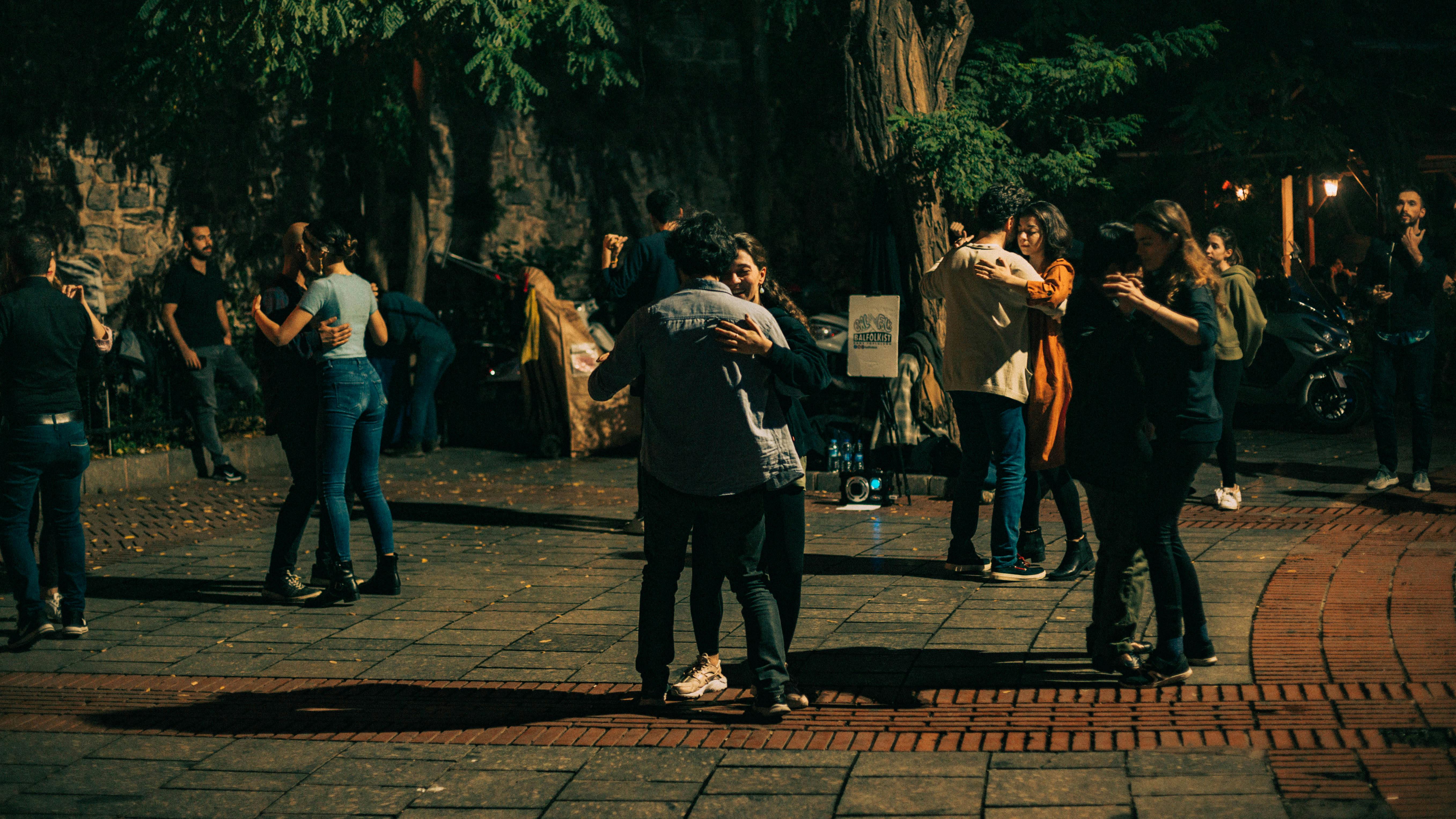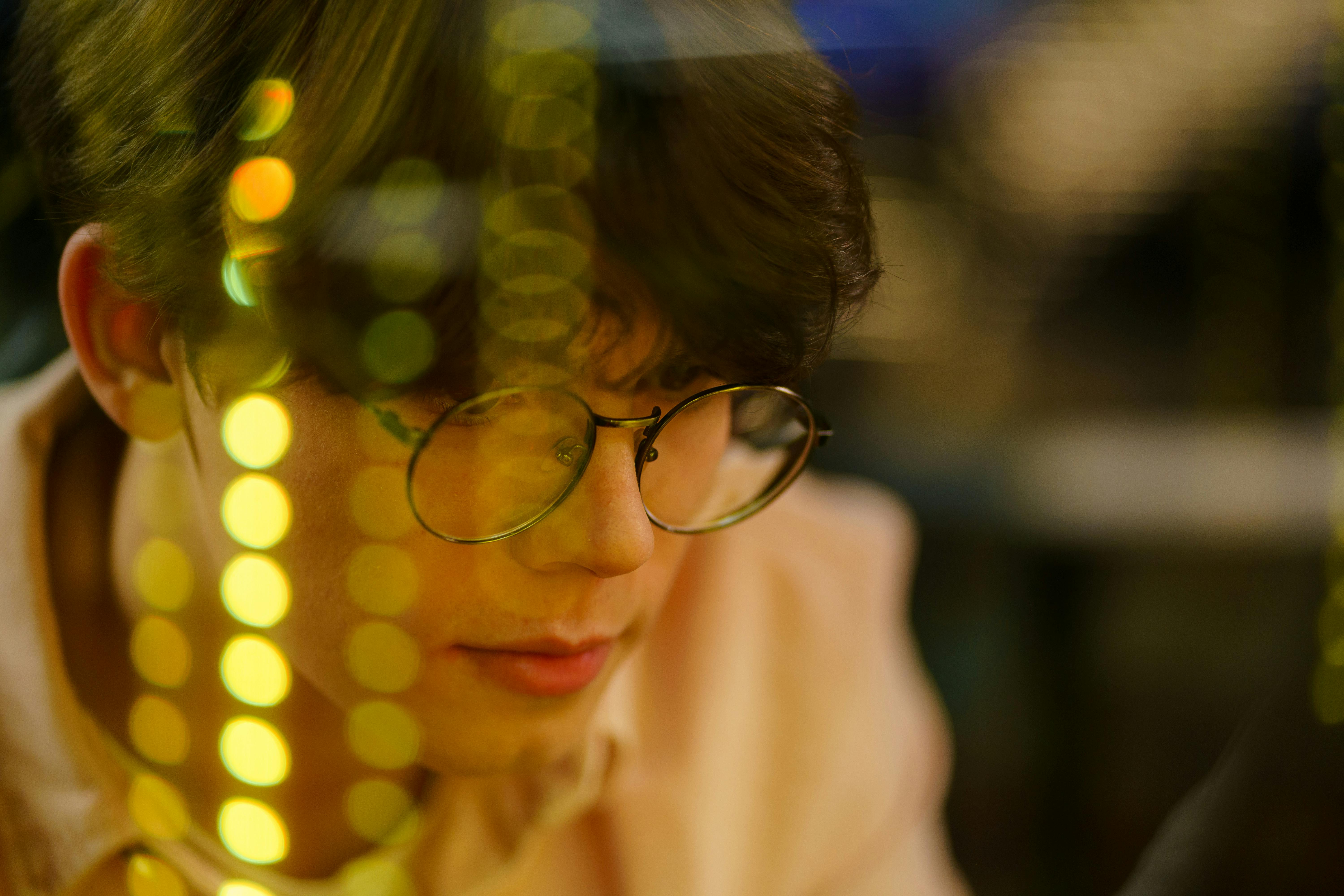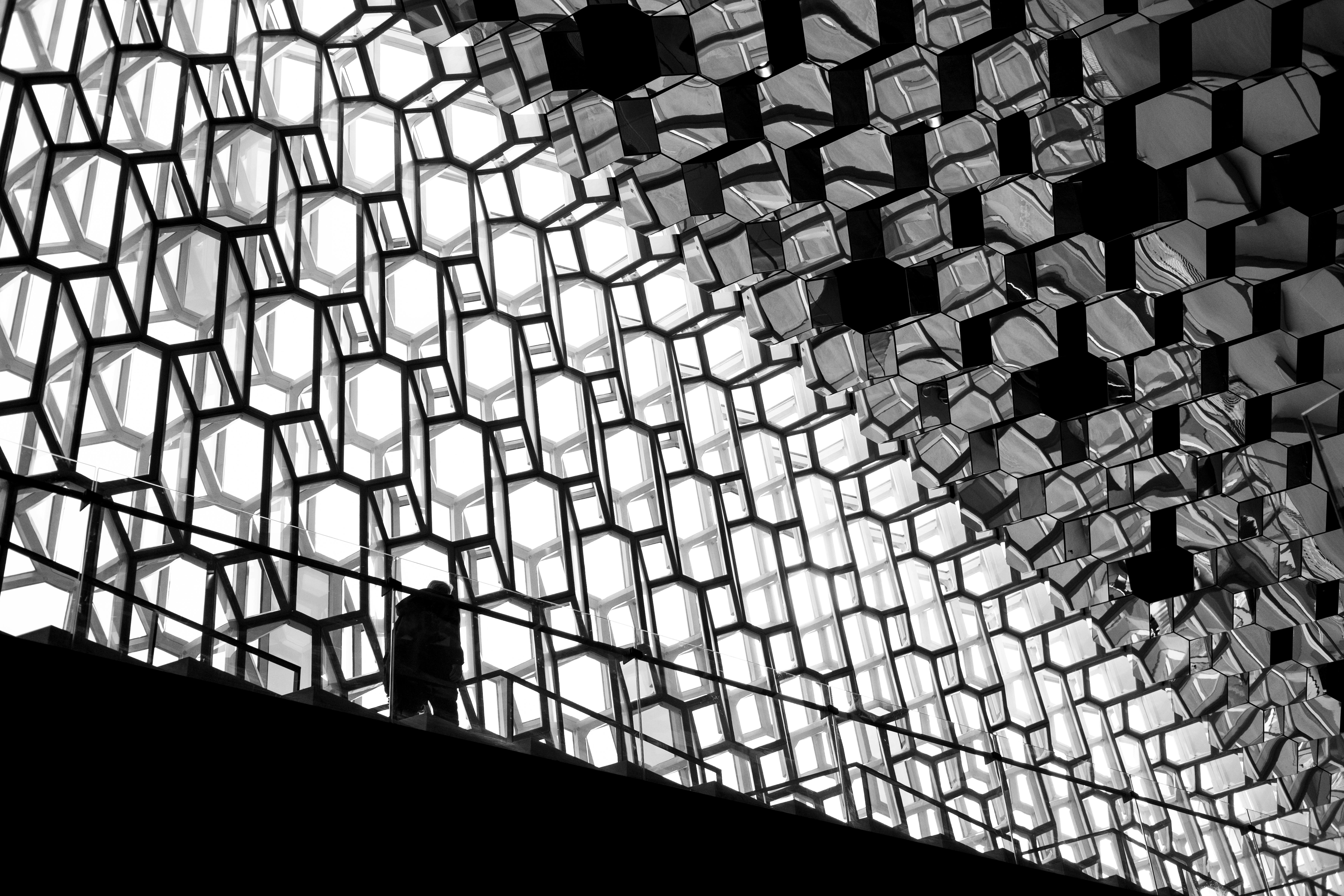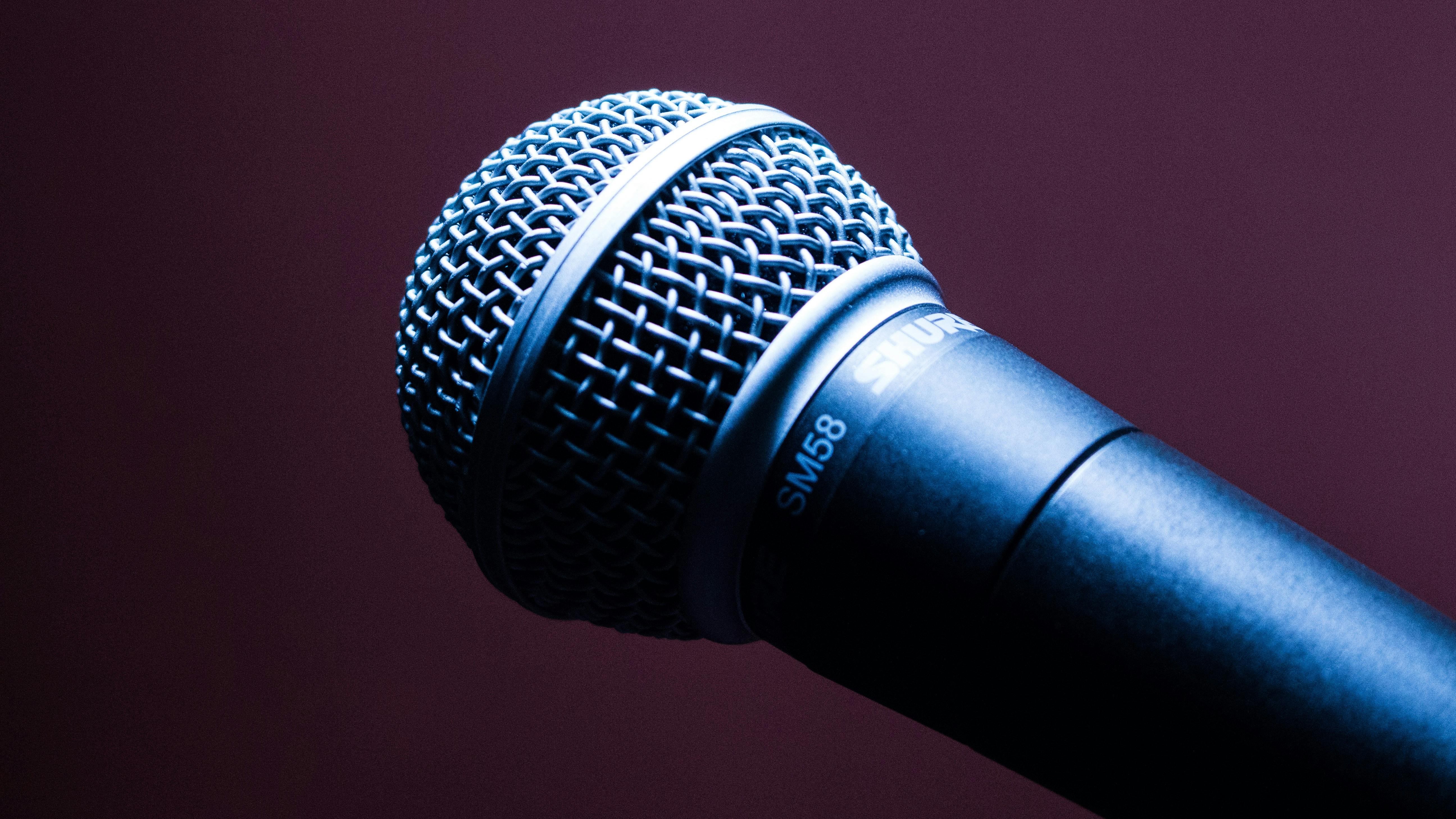Producing video is essential to promote your business on the Internet. Most people know this, but the loud moaning sound tells me that most video newbies have a hard time figuring it all out.
Video production can seem like a lot to learn. For me it is easy because I have done it for several lives. (Okay, just thirty years. It felt like several lifetimes.)
Somewhere along the way, I figured out how to make video production as easy as possible. I’m tired of lugging around all that gear!
But he still had to make it look its best.
I realize that most video production tips on the internet teach you the value of using a tripod and lights. Yes, yes, I know. Lights and tripods make your video look better.
But what if you don’t have lights and a tripod?
Or, what if you’re shooting ten miles in the woods and don’t want to take the damn things that far?
I hear you, friend.
First, let’s talk about how to get away with it without using lights.
As a television production professional, no matter where I was sent to shoot (from the bottom of a cave to the governor’s office), the first thing I did was assess the light available to me. Windows, lamps, wall buns, anything that is already there.
Being able to shoot without adding artificial lighting saves TONS of time and hassle. Today’s cameras do a remarkable job in low light, however simply relying on a low lux camera in a dark area will give you grainy and unprofessional video. Quality improves markedly if you learn to make the most of the available light, and there is usually plenty of it.
If you open the heavy curtains and raise the blinds, a dark office can suddenly become very bright. Place the subject near the window, but not directly in front of it like the baby above. Have the window next to your subject and the camera. (Actually, what’s known as ¾ profile is best for a headshot. This means the subject isn’t looking directly at the camera, but rather to the side a bit.)
Side lighting using the window as a light source is simple and effective, but it’s also easily messed up if you don’t position the camera and subject correctly.
AVOID A SILHOUETTE
Putting someone directly in front of a light source (consider the window your light source), then pointing a camera at them produces a silhouette. .
However, you’ll generally want to avoid a silhouette unless you’re interviewing someone who doesn’t want to be recognized, such as a sleazy pedophile. (You don’t want to know how many psychopathic scumbags I’ve met working on TV news. Well…maybe yes. That info is on my blog too. One guy threatened to blow up my house and the TV station because my documentary kept his sad ass in jail. He bragged about killing people for fun and thought that made him cool. Sorry, idiot).
I see poorly filmed interviews on the internet all the time. Usually it is exactly what I describe, someone standing in front of a window. I guess they realize that the window provides light, but they never stop to think about the direction of the light. I swear, if you just rotated your subject and camera a bit, your video quality would go from D- to B+.
Remember, any time the light source is BEHIND your subject, you get a silhouette. Well done, a silhouette is a good thing. If it’s done wrong, it’s a big mistake and it makes your video look bad.
Available light comes in all forms. Look around. Move your camera to where the light is.
Are there decorative lamps at hand? Try to remove the shadow and bring it closer to the subject of it. Even a 40-watt incandescent light bulb can greatly enhance your shot. Position it about 2 feet from your subject and cut it out of the shot.
Turn on all light sources in the room. See where the light falls and what is the best way to take advantage of it. It’s easy, I tell you!
How to simplify video production
Use of available light
By Lorraine Grulla
internet video girl



